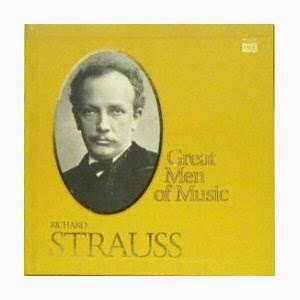Today while I was running dumb but necessary errands I caught the end of the San Francisco Opera's production of Wagner's "The Flying Dutchman."
That last scene!
It made me think of that time
I was driving and had to pull over to hear the end of "Die Walkure." I turned off the car in the parking lot of PetSmart and I gave myself over to this last scene. I had not really listened to this opera in years. But I used to love it as a teenager. And I was surprised at how vividly the lines came back to me. I started saying them to myself before the singers sang them.
The Dutchman: "Segal auf!" Calling for the sail, then the anchor.
"Sag Lebewohl zum Ewigkeit den Landen!" I don't know if I have my endings and whatnot right but it is chilling: "Say farewell forever to land!"
And the orchestra, rising and crashing like the waves. Imagine it. Imagine the Flying Dutchman, the ghost ship. Catching bits and pieces of the opera beforehand it was as if I could see it. Imagine being the Norwegian sailors, you have heard about the Flying Dutchman, it's this legend, and all of a sudden ... it appears one night. No, it can't be. Yes, it is. It is.
This terrible ghostly gray ship!
I love those choruses, the sailors trying to act as if everything is all right. But it is not! This is a very good ghost story, you know. It is really frightening. I will have to link to this essay I read about how Wagner was in a shipwreck, how he learned what it was like. He put that all into that music.
Then at the end, Senta the captain's daughter, giving herself up to save the Dutchman. I had never seen the opera when I was a teenager. But I saw it in my head and it was better than any production. The daughter, this beautiful young woman, standing at the edge of the sea, in a white gown, her hair blowing. Like something out of Charlotte Bronte.
"Preis seinen Engel und sein Gebot!" Again I apologize if my endings are wrong, but it means "Praise your angel and his pronouncement!" And she says: "Here I am, true until death!" And she jumps.
What a scene! What a situation! You love it as a teenager. And as I listened to it today I saw it as I saw it then. It is all over in a flash then and the Dutchman is redeemed and you hear that ghostly call of the ship and then the music changes, it becomes magical and tender. You hear that music at the end of the overture too.. You see the sky clearing, the curse of the Dutchman evaporating, the mists rising, the stars coming out. The angels looking down. That is how I saw it as a kid and I saw it that way today too.
I am sure whatever the San Francisco Opera came up with was not as good as what was in my head. Let me check and see.
Sure enough, judging from this picture of Greer Grimsley as the Dutchman,
nope, it wasn't.
He looks like a guy in a biker bar at closing time! Ha, ha!
But in all fairness, in the opera pantheon, "The Flying Dutchman" is a tough one to get right.
How can it live up to your imagination?

















































